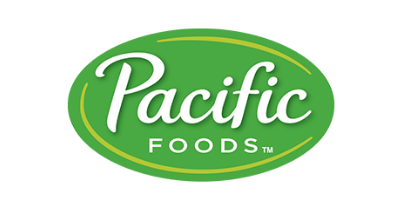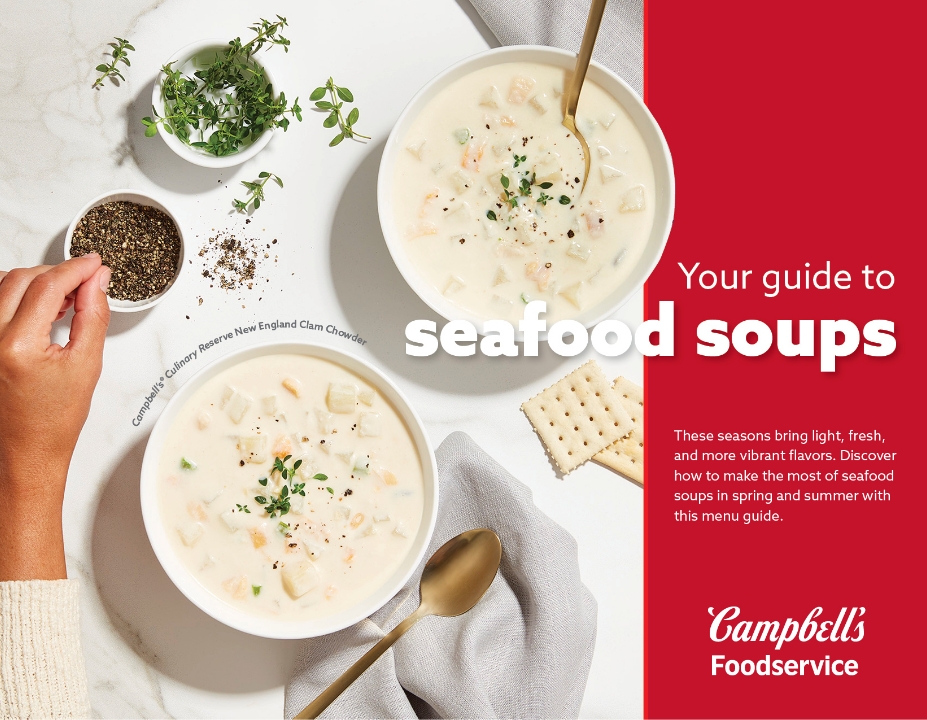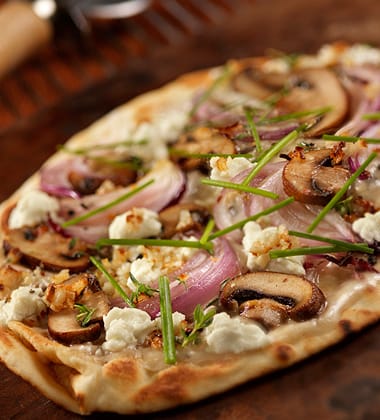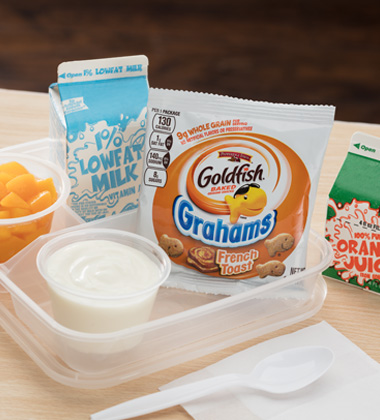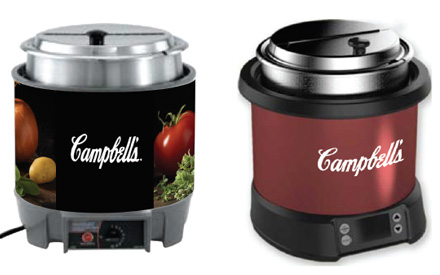Challenges like labor shortages and rising costs have forced foodservice operators to reevaluate their operational strategies across commercial and noncommercial segments.
In this article, we will explore two essential approaches to improving operational efficiency: menu simplification and the use of labor-saving ingredients.
Menu Simplification
Menu streamlining and downsizing continue to be the way forward for operators across segments. The National Restaurant Association named menu streamlining as one of its top 10 trends for 2023, as restaurant operators continue to think smarter about how menus can work harder.1
Noncommercial foodservice operators are also streamlining menus. According to Foodservice Director, 67% of K-12 foodservice operators and 57% of C&U foodservice operators are implementing menu reductions.2,3
Focusing on core menu items, eliminating less popular offerings, and reducing unnecessary complexity can lead to several benefits, including:
- Inventory Cost Reduction: Fewer menu items mean reduced inventory costs. You can maintain optimal stock levels, minimize wastage, and free up valuable space in your walk-in storage.4
- Creativity and Adaptability: Menu simplification grants managers the creative freedom to rotate the best items, introduce specials, and offer promotions more easily. This adaptability keeps your business relevant and open to various marketing opportunities.
- Cost Management: With wholesale food prices up by 16.3%, managing costs is crucial.5 Consider reducing portion sizes or substituting less expensive ingredients where possible without compromising quality. This approach helps manage costs without compromising the quality of your offerings.
One way to simplify menus is to cross-utilize as many ingredients as possible. From versatile proteins to soups, there are many ways you can craft unique menu items with multiple product applications. For example, Campbell’s® Culinary Reserve Roasted Red Pepper and Smoked Gouda Soup can be menued as a soup; incorporated as a sauce for various pasta, pizza, and flatbread dishes; used as a vinaigrette for salads; and paired perfectly as a soup and sandwich combo, according to Campbell’s Foodservice Executive Chef Gerald Drummond.
“Foodservice operators are looking for products that are versatile,” said Drummond. “Being able to incorporate versatile products gives the operations better control of their menus and the ability to streamline their inventory. This brings relevancy and consistency to their menu.”
Getting creative with new menu items that leverage similar ingredients can help minimize operational complexity. For example, offering a spicier version of an existing dish or a variety of sauces and toppings.
“The menu is a powerful tool in gaining efficiencies operationally,” said CKE Restaurants Senior Vice President of Innovation Regina Schneider.6 “And by streamlining it, we hope to speed up preparation time, be more efficient with ingredients, and improve the ordering experience for the customer.”
Labor-Saving Ingredients
Staffing issues remain a critical concern across both noncommercial and commercial foodservice segments:
- 62% of restaurant operators say their restaurant doesn’t have enough employees to support its existing customer demand.7
- 96% of C&U, 84% of healthcare, and 66% of K-12 foodservice operators say they are short staffed.3,8,2
To navigate these staffing challenges and maintain operational efficiency, many foodservice operators are turning to labor-saving products such as speed scratch and frozen products for their menus. For example, 60% of K-12 and 46% of C&U foodservice operators are sourcing more prepackaged/speed-scratch items to make up for lost staff.2,3 These items allow for quick meal preparation with minimal staffing requirements, ensuring consistency and quality.
From ready-to-eat and shelf-stable soups to sauces, stocks, salsas, bakery items, and beverages, Campbell’s Foodservice has a variety of products that can help expand your menu and increase your profitability. Learn more about our offerings below.
- Campbell’s® shelf-stable soups, sauces, entrees, and gravies
- Campbell’s® Culinary Reserve scratch-quality frozen ready-to-serve soups
- Pace® salsa, sauce, and picante
- Pepperidge Farm® frozen garlic bread, puff pastry, and turnovers
- Prego® Italian Sauces
- Swanson® broths, stocks, and canned chicken
- V8® vegetable juice
1 “2023 State of the Restaurant Industry,” National Restaurant Association, February 28, 2023
2 Gingerella, Benita, “The state of K-12 foodservice: Full 2022 survey results,” Foodservice Director, July 25, 2022
3 Gingerella, Benita, “The state of C&U foodservice; Full 2022 survey results,” Foodservice Director, October 5, 2022
4 Van Duyne, Allie, “How to Improve Restaurant Operations,” Toast
5 “Restaurants streamline menus to combat higher costs,” National Restaurant Association, September 1, 2022
6 Thorn, Bret, “By streamlining their menus, restaurant operators do more with less,” Nation’s Restaurant News, May 12, 2023
7 “Restaurants added jobs in 24 consecutive months,” National Restaurant Association, Jan. 6, 2023
8 Gingerella, Benita, “The state of healthcare foodservice: Full 2022 survey results,” Foodservice Director, November 16, 2022




